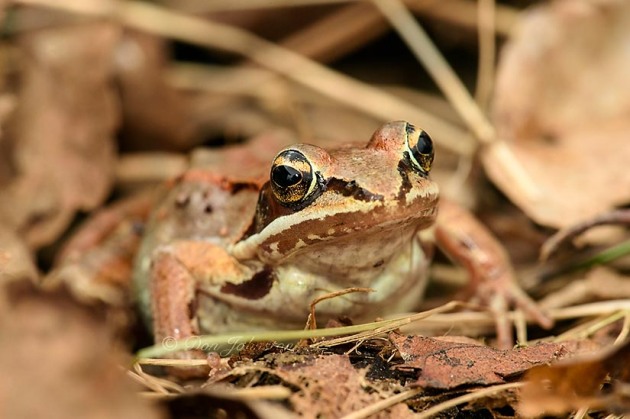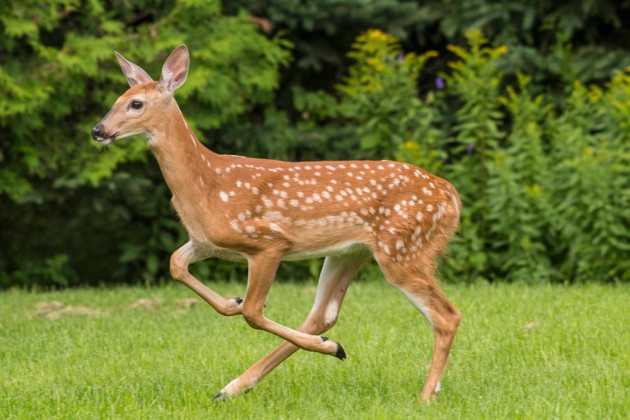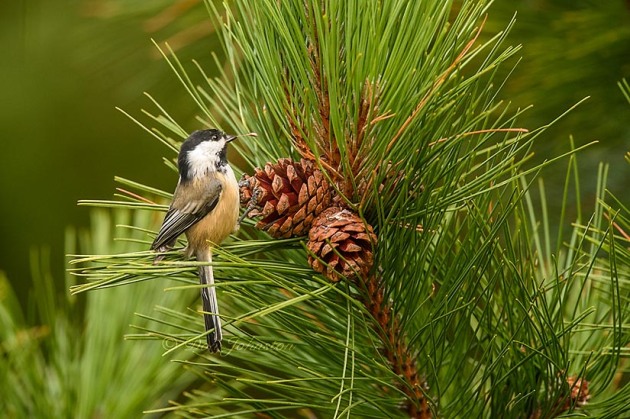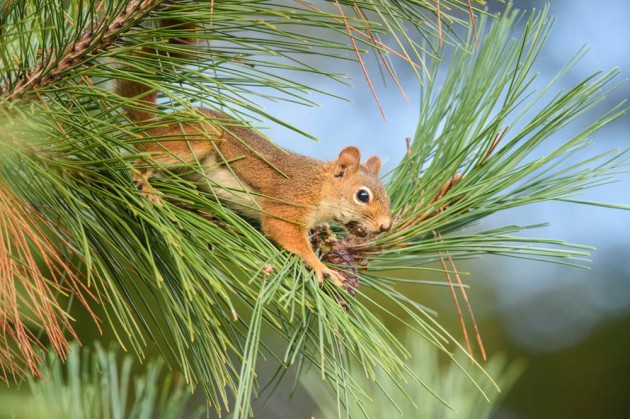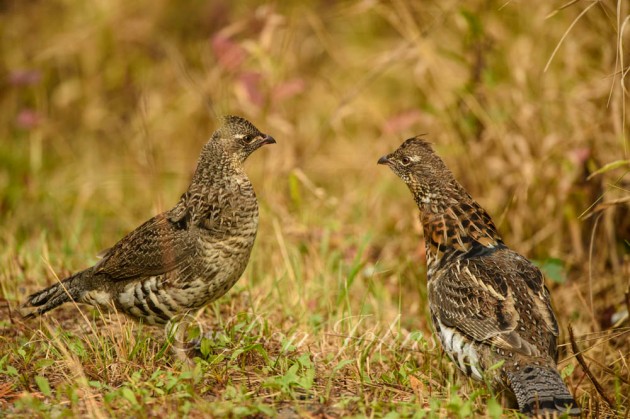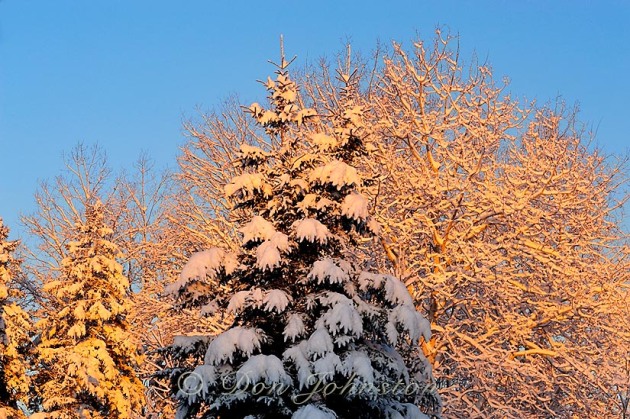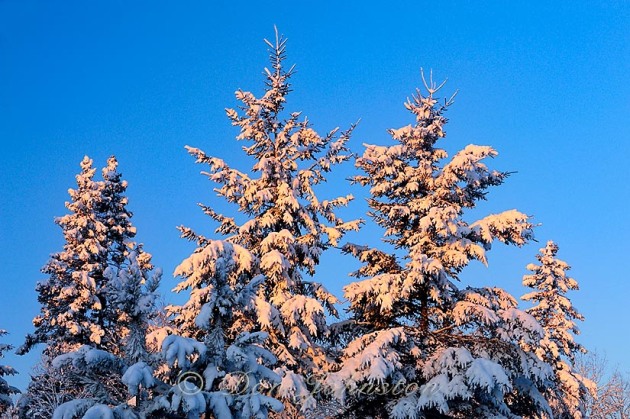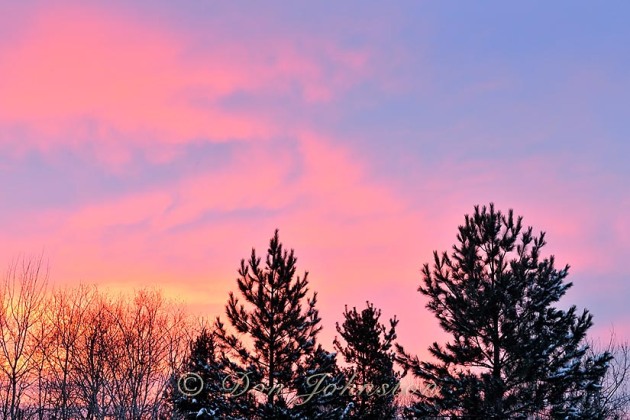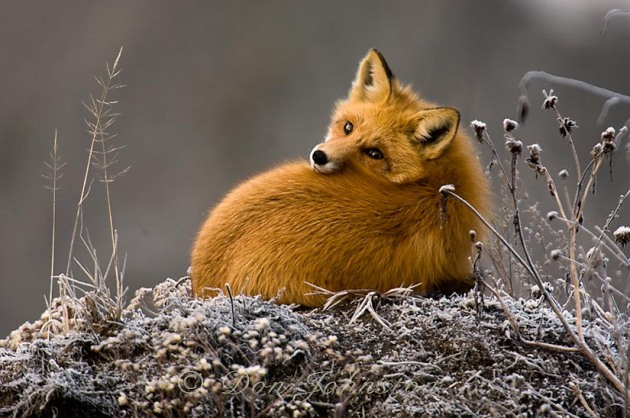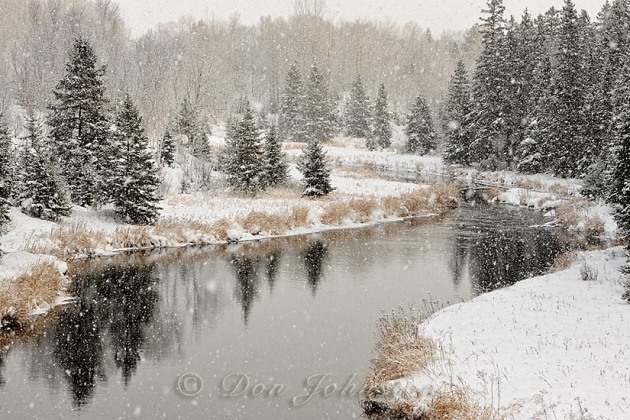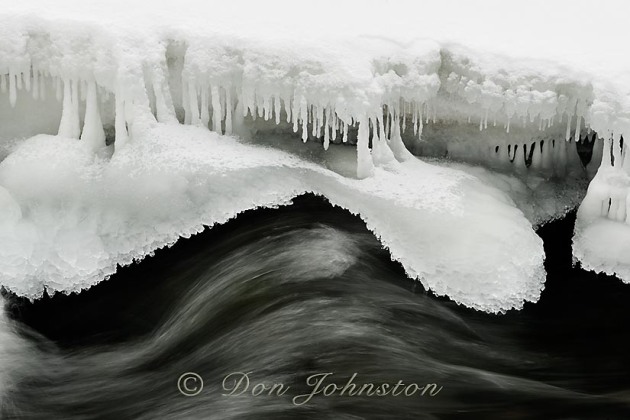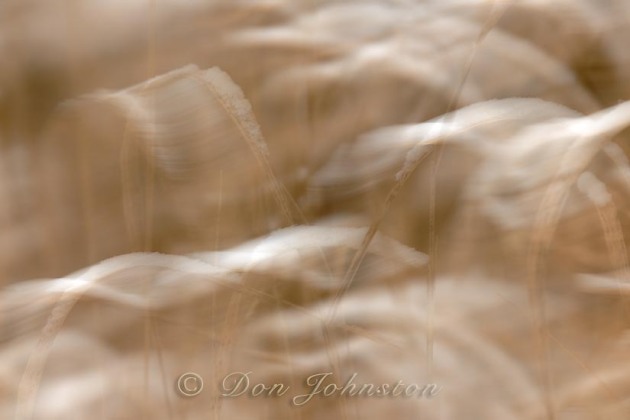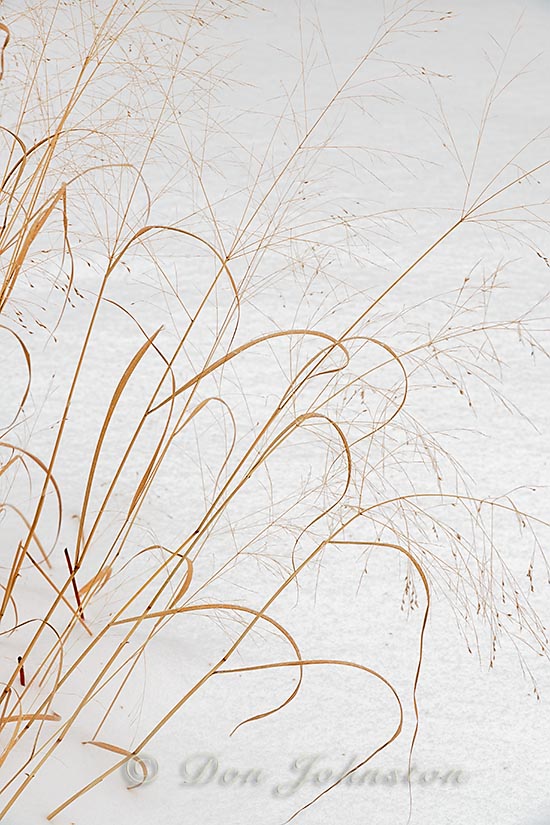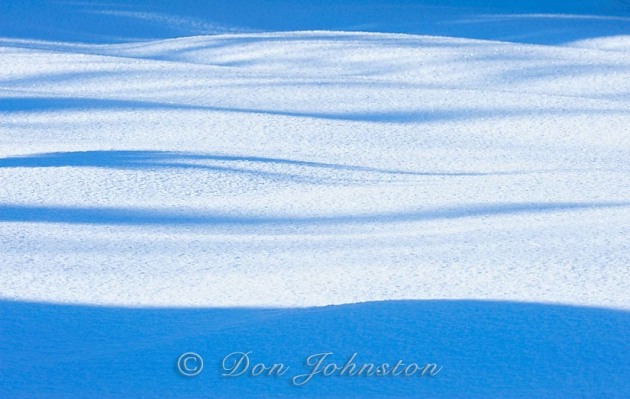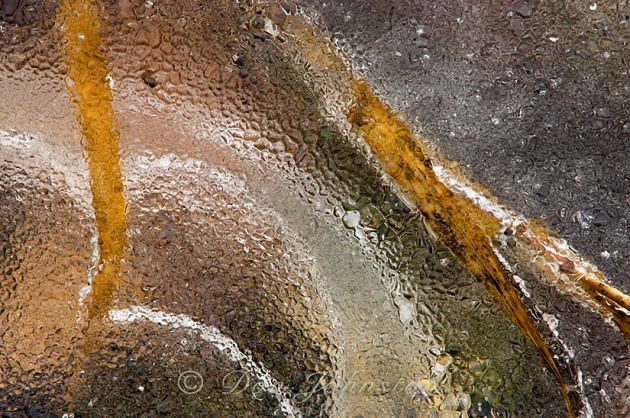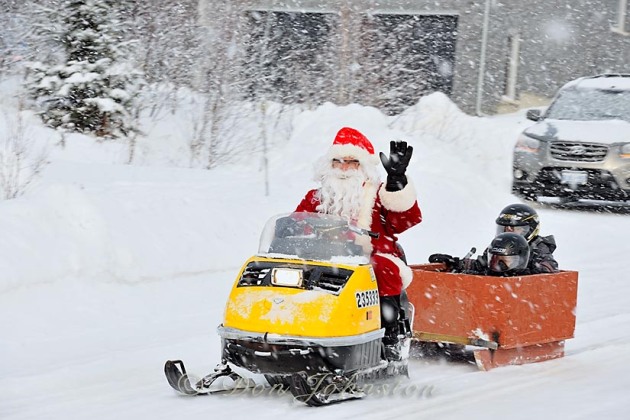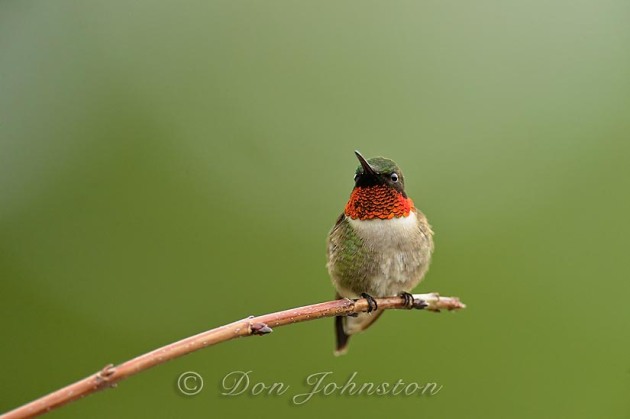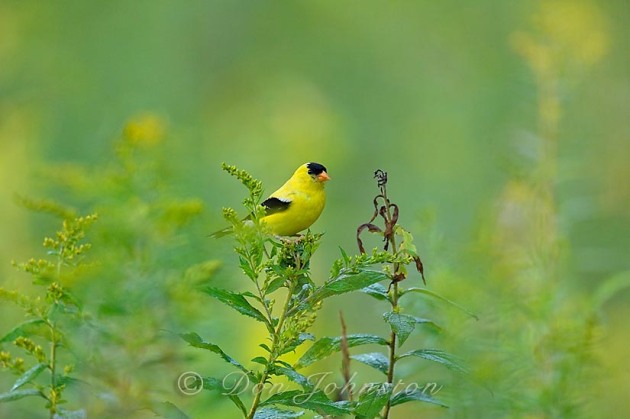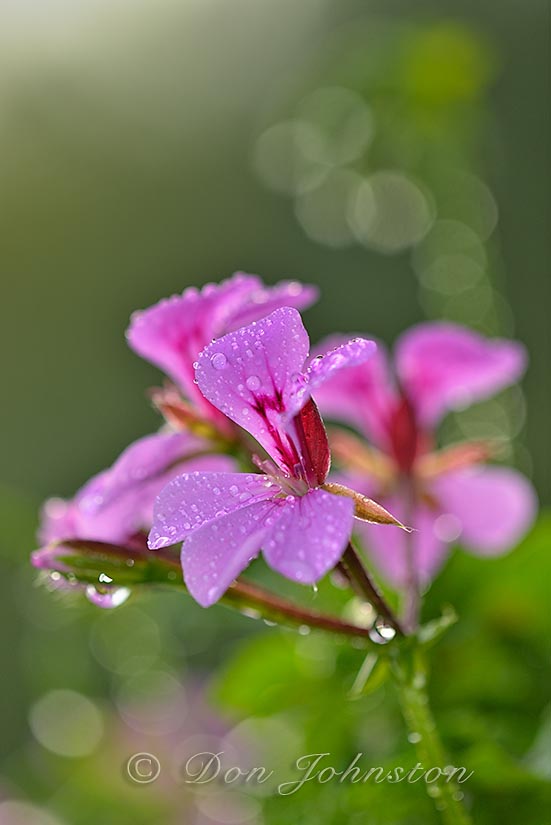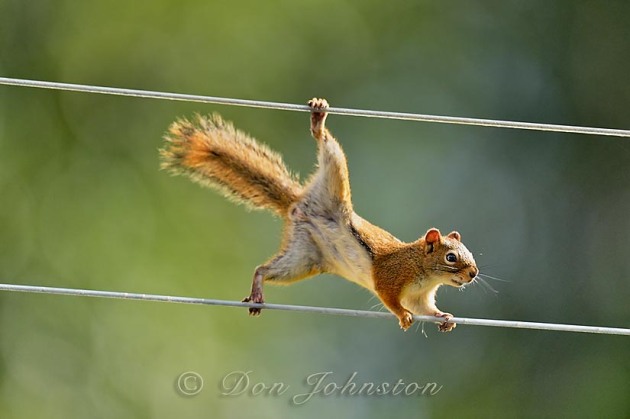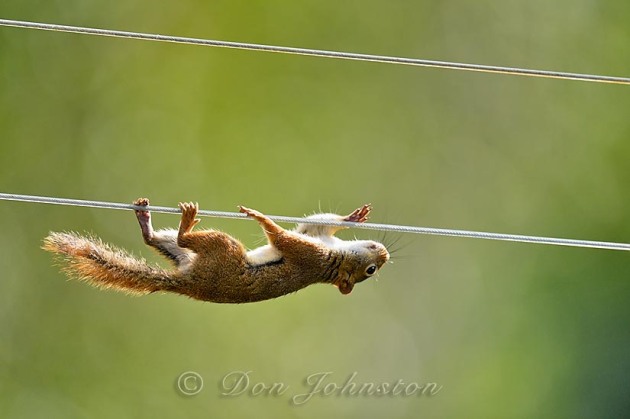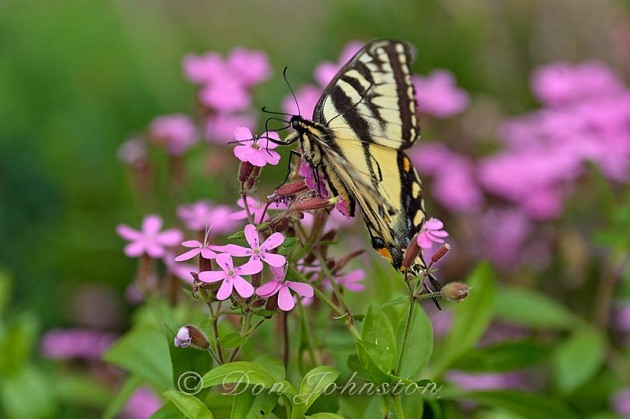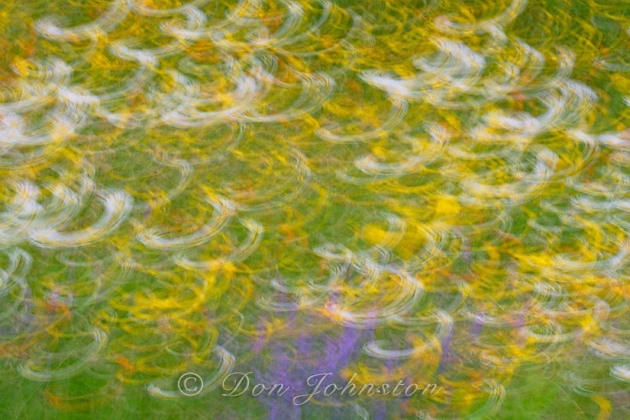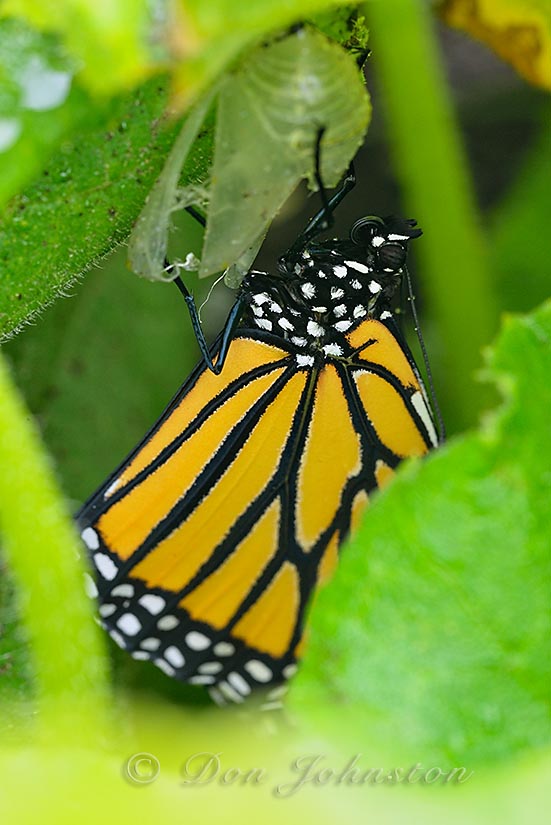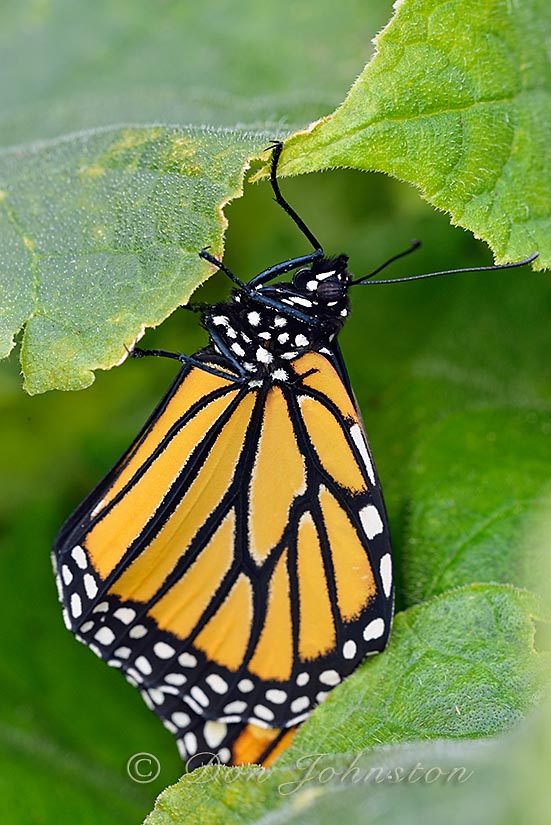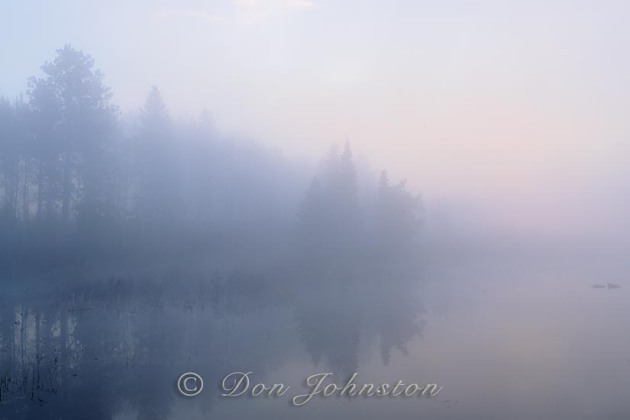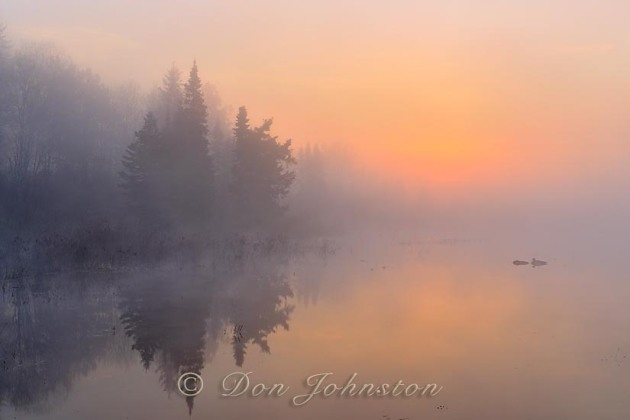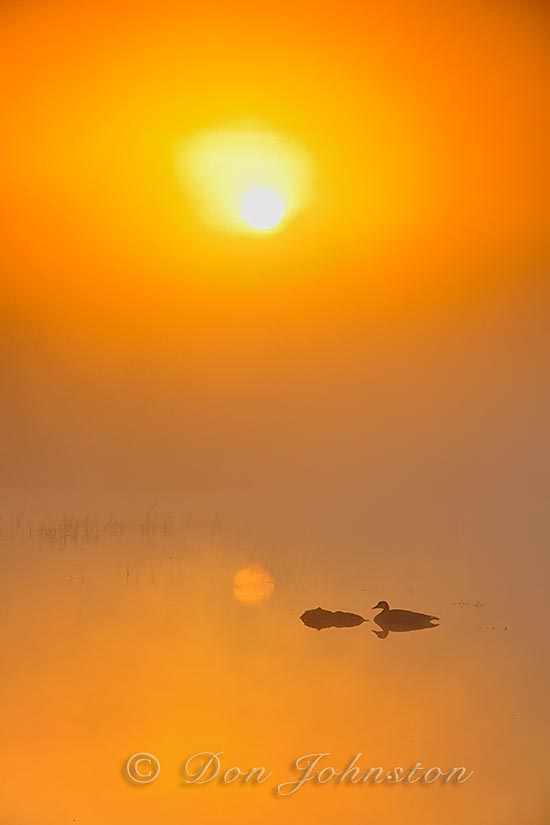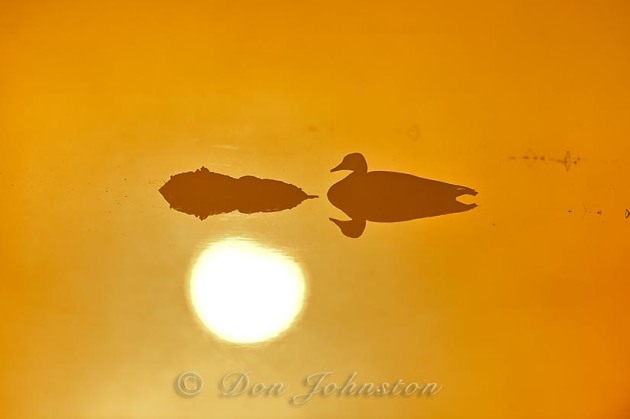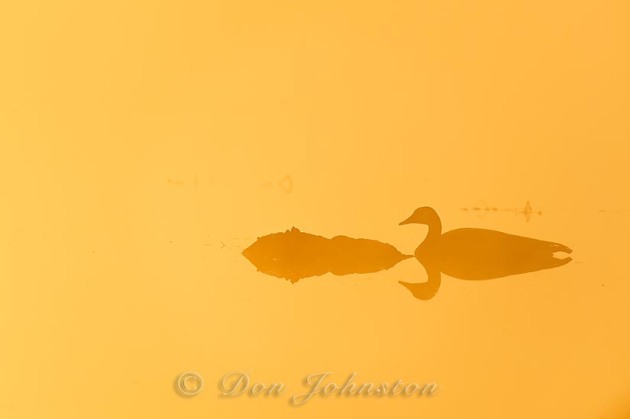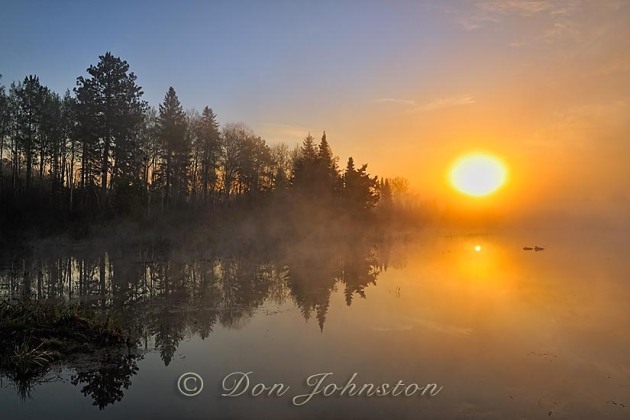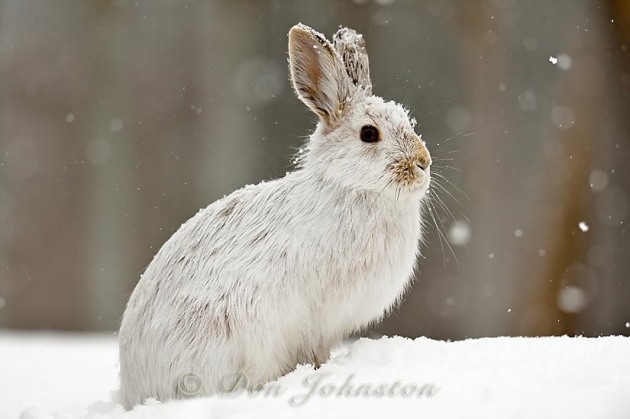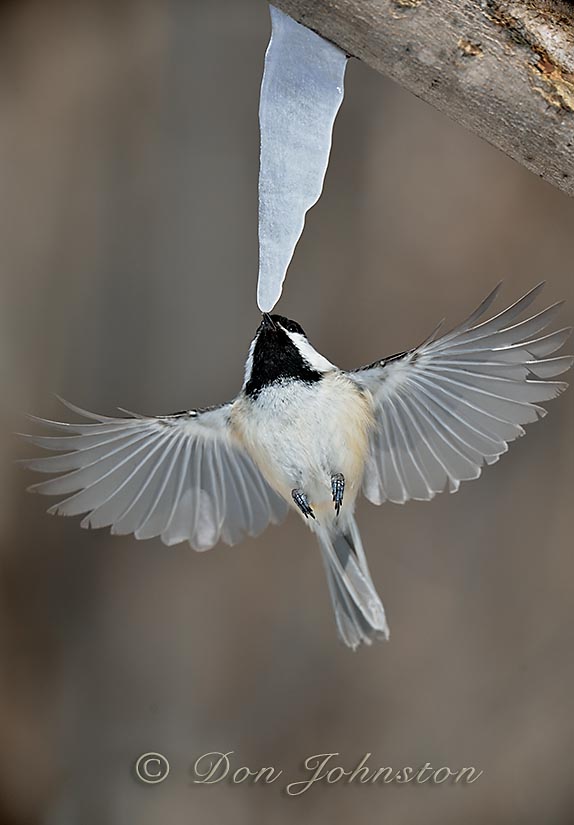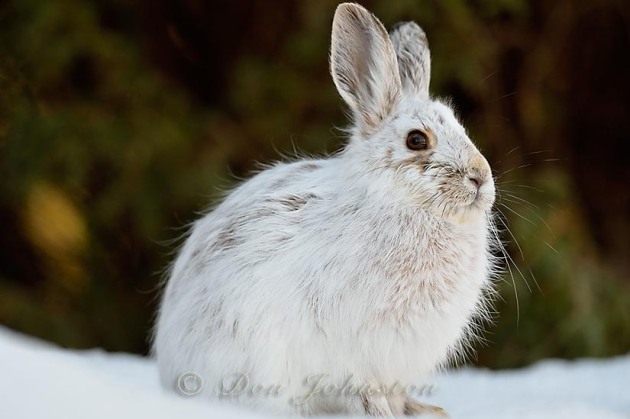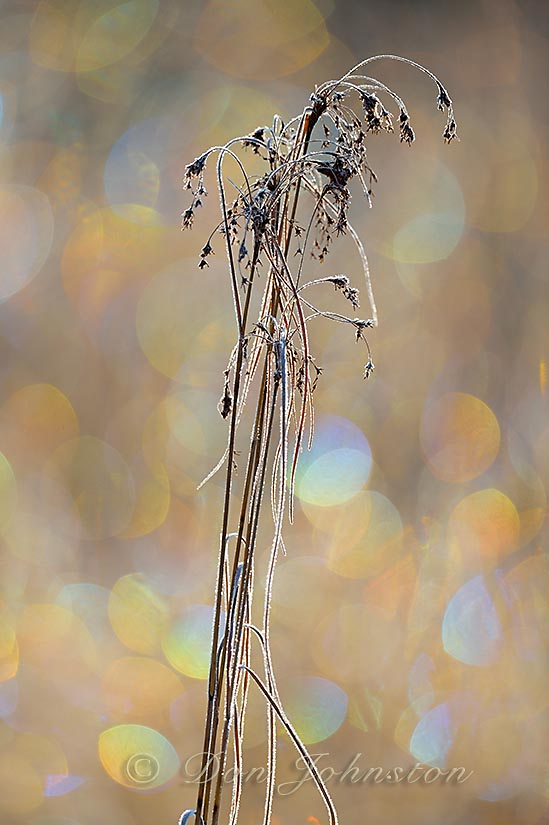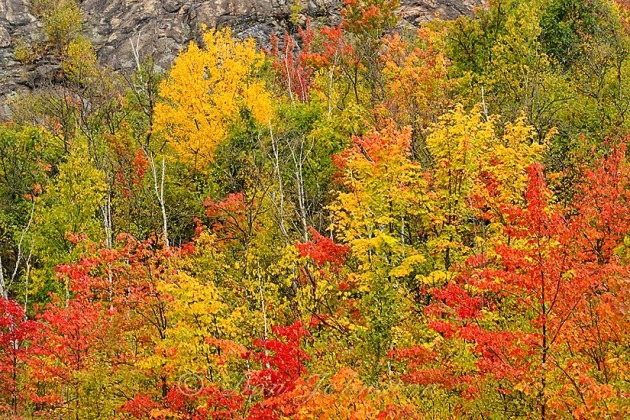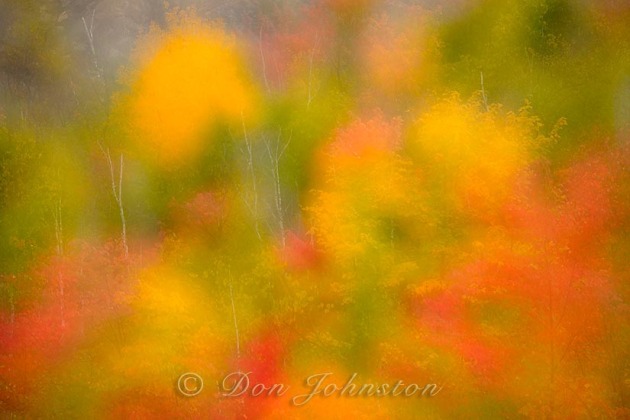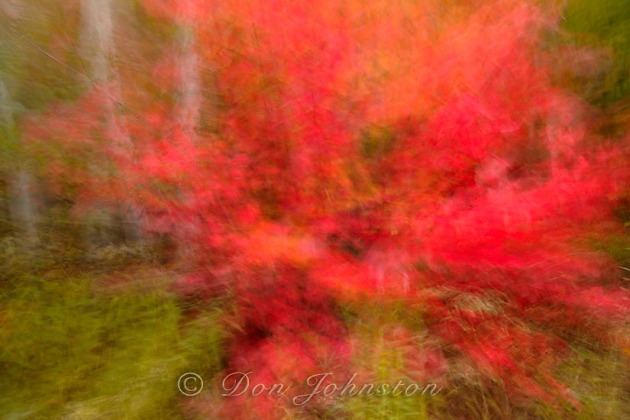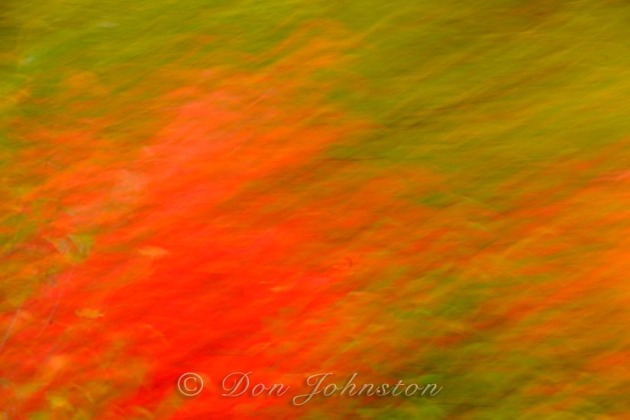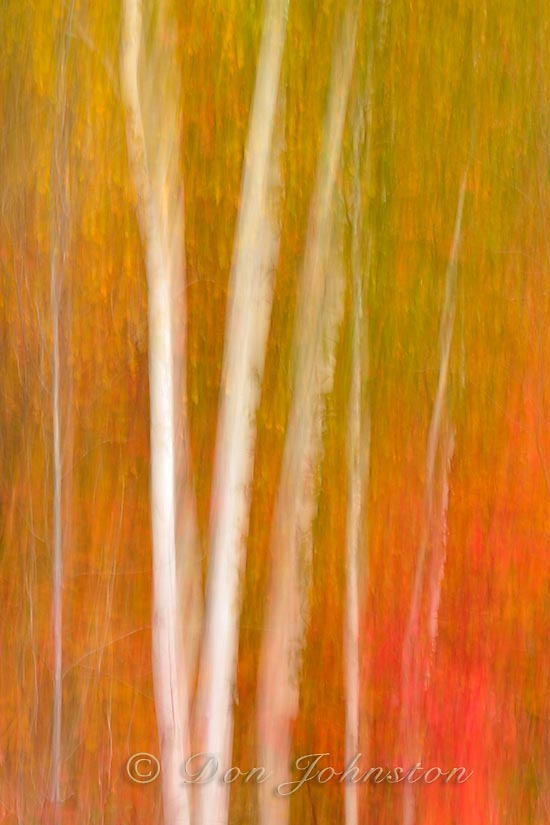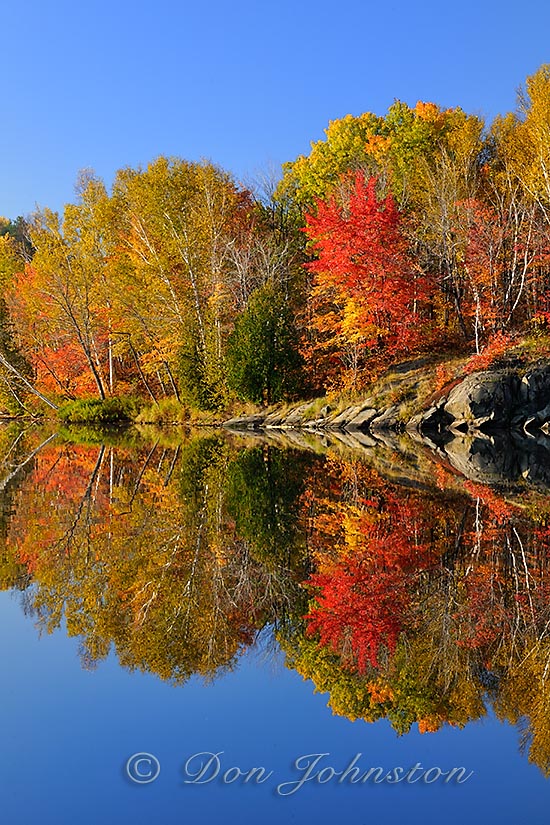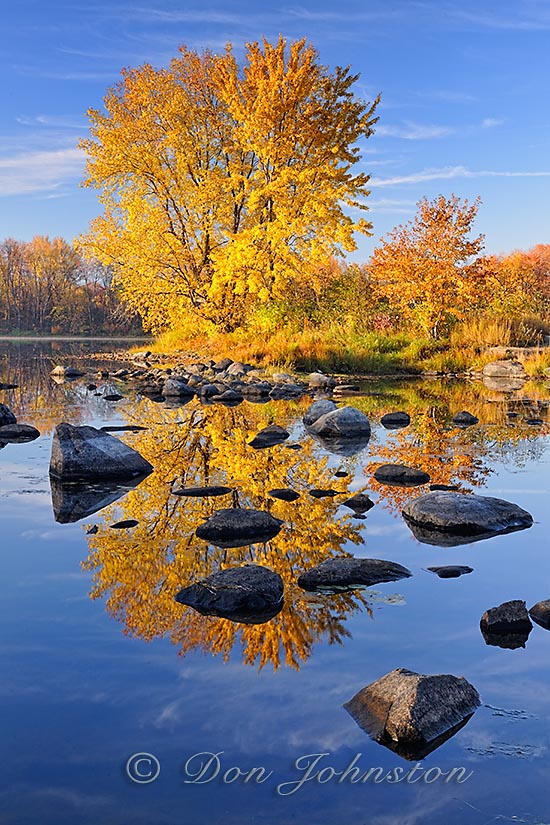Backyard Animals- Summer 2017
October 6, 2017 1 Comment
In the spirit of celebrating photography done close to home I offer a small selection of animal subjects photographed in and around our backyard this summer and early fall. Producing quality images from such close proximity to the house does depend on a number of factors, many of which can be controlled by the photographer.

Eastern chipmunk (Tamias striatus) Eating a wild blueberry. I placed a piece of old log on my deck rail and offered a few blueberries.
I always have my cameras ready and easily accessible when we notice a photo opportunity. Battery charged, memory card formatted, lens attached, tripod ready for action. These encounters are often fleeting.
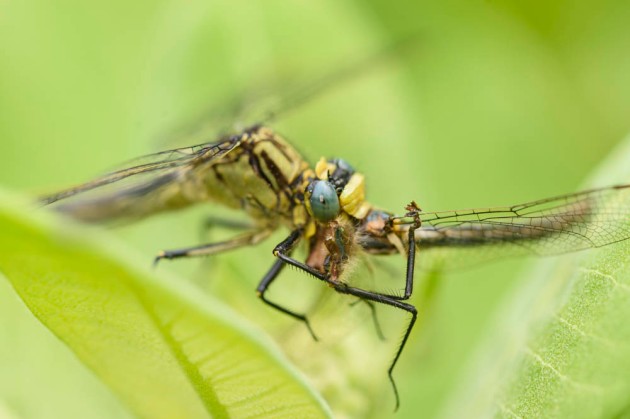
Horned clubtail dragonfly (Arigomphus cornutus) Female preying on another dragonfly. After noticing the subject I grabbed my 200 micro on a tripod and approached slowly. I had about 10 minutes.
It’s important to provide habitat for local critters. Things like feeders (when bears are not around), butterfly gardens, trees and shrubs for cover are important. Also important is good local knowledge of animals and their habits. Having a solid naturalist background gives the nature/wildlife photographer an advantage.
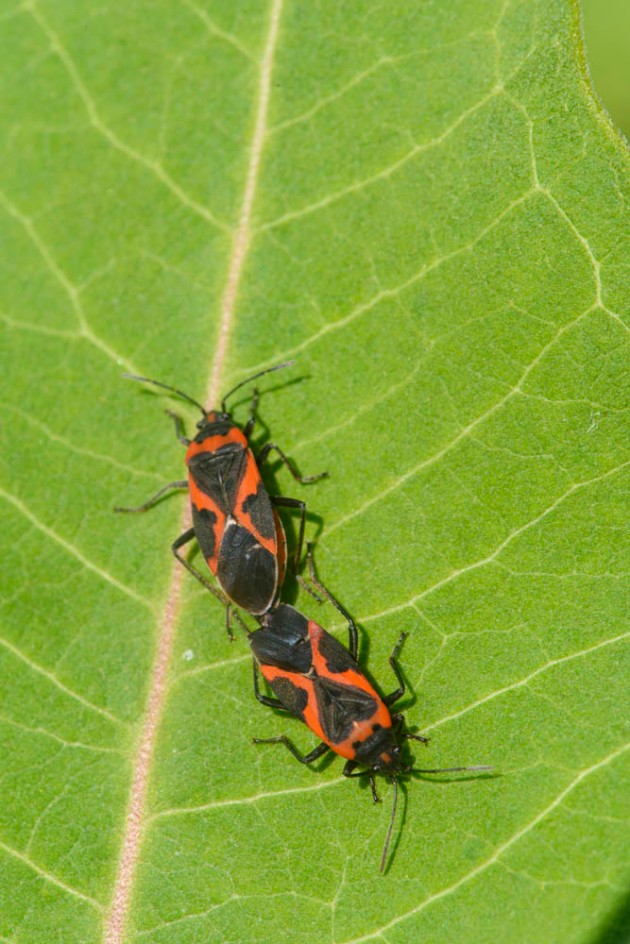
Large milkweed bug (Oncopeltus fasciatus) Mating pair on a milkweed leaf. The milkweed patch is a hive of ecological activity.
I sometimes create natural perches or settings for animals like chipmunks and frogs. Some natural treats like blueberries help coax them to the preferred spot.
Most important is having great spotters like my wife Brenda. She noticed the sharp-shinned hawk flying into the tree with its prey. My son Matthew spotted the very well camouflaged wood frog near our garden.
And of course, luck plays an important role. While I was waiting for the chipmunk to climb up to the log for some blueberries I noticed a deer fawn approaching the back yard from the bush behind. It stayed out on our lawn, eating some grass and bouncing around for a good half hour before it wandered off.
While trying to photograph chickadees eating pine seeds (again spotted by Brenda!) I noticed a pair of ruffed grouse eyeing each other in the margins of our driveway. They worked their way down towards me, oblivious to my presence.

